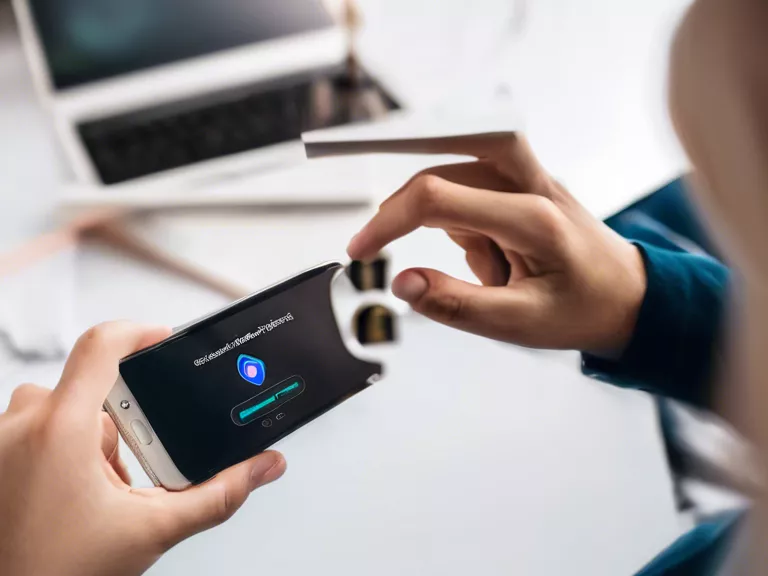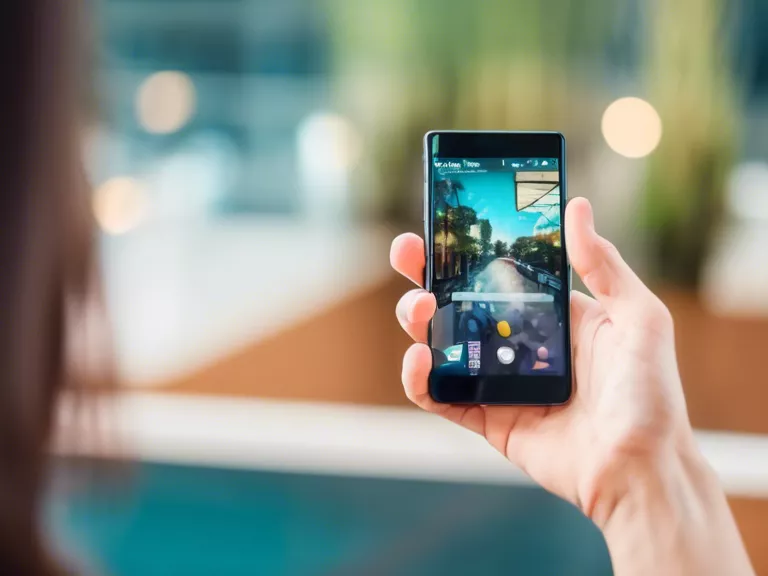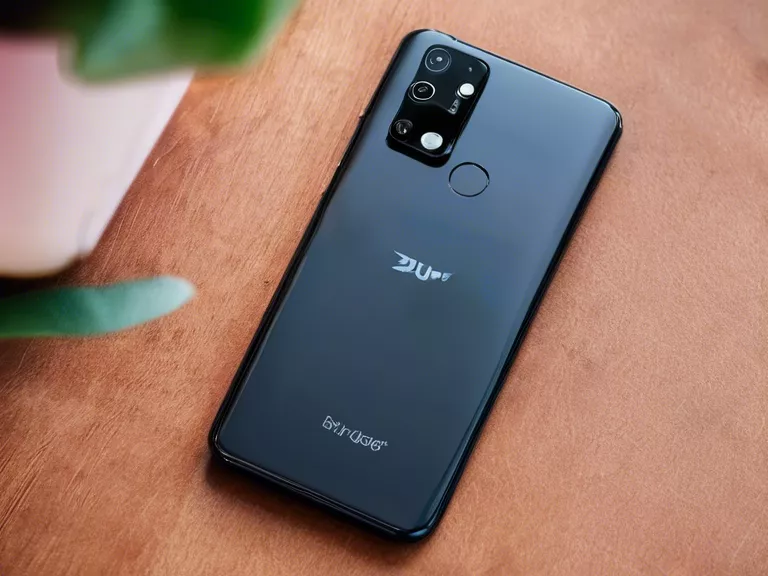
Smartphones have become essential tools for modern living, offering convenience and functionality in the palm of our hands. But beyond their everyday uses, smartphones are also playing a key role in the advancement of virtual reality (VR) and augmented reality (AR) applications. With the increasing capabilities of smartphones, the potential for immersive and interactive experiences through VR and AR is expanding like never before.
One of the ways smartphones are enabling VR and AR applications is through their powerful hardware components. Many smartphones today come equipped with high-resolution displays, advanced cameras, and powerful processors, making them ideal devices for experiencing immersive virtual environments and interactive augmented reality overlays. These hardware components allow smartphones to render realistic 3D graphics and track users' movements and gestures, creating a truly immersive experience.
In addition to hardware capabilities, smartphones also offer a convenient platform for accessing and experiencing VR and AR content. Many VR and AR apps are available for download on app stores, allowing users to easily explore virtual worlds, play interactive games, and access useful information through augmented reality overlays. Smartphone-powered VR headsets, such as Google Cardboard and Samsung Gear VR, provide an affordable and accessible way to experience VR content without the need for expensive dedicated hardware.
Furthermore, smartphones are pushing the boundaries of VR and AR technology through innovations in software development. Developers are constantly creating new and exciting VR and AR apps that leverage the unique capabilities of smartphones, such as geolocation services, motion tracking, and camera sensors. From virtual reality tours of faraway places to augmented reality shopping experiences, smartphones are enabling a wide range of innovative applications that enhance our daily lives.
As smartphones continue to evolve and improve, the possibilities for VR and AR applications are virtually limitless. With their powerful hardware, convenient platform, and innovative software development, smartphones are driving the growth of immersive and interactive experiences through virtual and augmented reality. Whether for entertainment, education, or practical use, smartphones are shaping the future of VR and AR technology.



